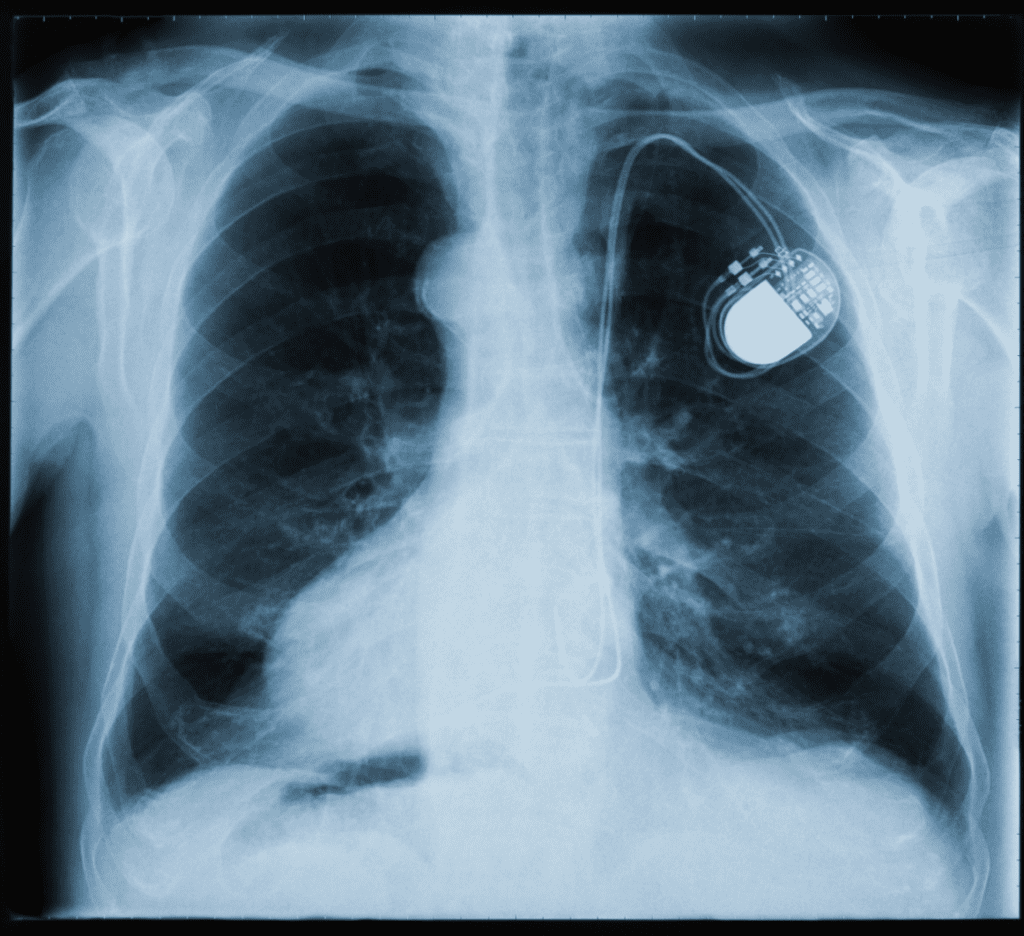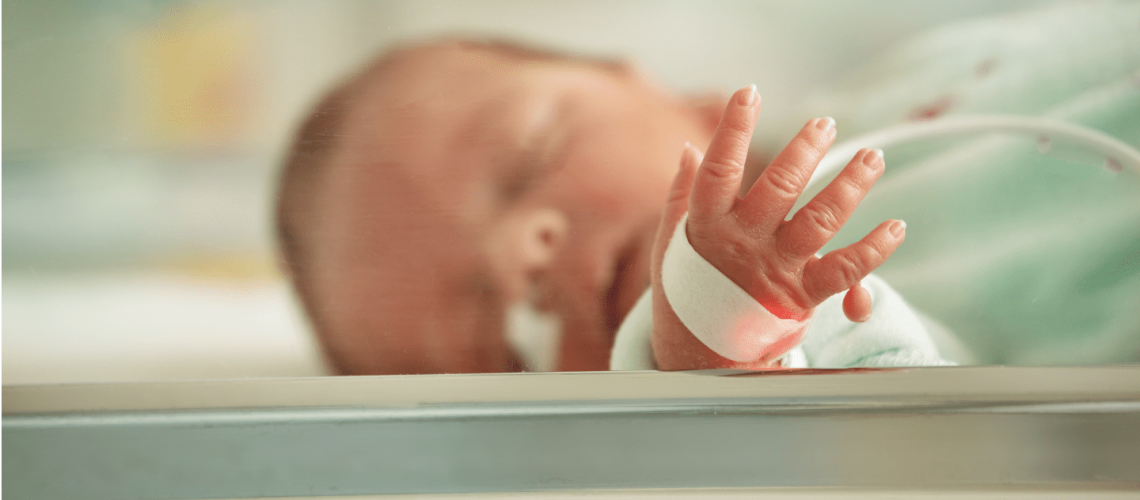The Facts on Congenital Heart Defects
Over 1.4 million children and adults in the United States currently suffer from congenital cardiac abnormalities. Present at birth, this particular heart condition is a defect or abnormality rather than a disease. Congenital heart defects (CHD) are caused by abnormal prenatal development of the heart or blood arteries close to the heart. The first few months following birth are typically when severe heart conditions first show symptoms. The majority of the time, minor problems are found during a standard medical examination.
CHDs can alter a baby’s heart’s shape and function. They may have an impact on how blood moves from the heart to the rest of the body. From moderate (like a little hole in the heart) to severe, CHDs can range (such as missing or poorly formed parts of the heart).

What areas of the heart might adult congenital heart disease affect?
Any of the following cardiac structures may be impacted by congenital heart diseases:
- Blood vessels: Blood arteries in your heart transport blood throughout your body. Arteries carry oxygen-rich blood from your heart to the tissues of your body. Veins carry oxygen-depleted blood back to your heart.
- Heart chambers: The chambers of your heart control your heartbeat and flow of blood. There are two upper chambers (right and left atria) and two lower chambers (right and left ventricles). The chambers are separated by a tissue wall (septum).
- Heart valves: Your heart’s four valves allow blood to circulate through it. The aortic valve, mitral valve, pulmonary valve, and tricuspid valve are among these valves.
Indicators and Symptoms
CHD signs and symptoms vary depending on the kind and severity of the condition. Some abnormalities may have little or no visible indications or symptoms. Others may produce the following symptoms in a baby:
- Blue-colored lips or nails
- Breathing that is too fast or too difficult
- Feeding exhaustion
- Sleepiness
Living with a CHD
Infants with CHDs are living longer and healthier lives as medical care and treatment have evolved. Many children with CHDs have reached adulthood. It is estimated that more than two million people in the United States have a CHD. Many CHD patients live independent lives with little or no difficulty. Others may become disabled over time. Some patients with CHD have hereditary issues or other health factors that put them at a higher risk of disabilityThe Americans with Disabilities Act (ADA) defines a person with a disability as a person who has a physical or mental impairment that substantially limits one or more major life activity. This includes people who have a record of such an impairment, even if they do not currently have a disability. It also includes people who do not have a disability but are regarded as having a disability. The ADA also makes it unlawful to discriminate against a person based on that person’s association with a person with a disability. More.
Many CHD patients are not cured, despite advances in treatment, even after their heart defect has been fixed. Depending on the precise heart defect, the number of heart defects they have, and the severity of their heart defect, people with CHD may eventually experience other health issues. Other health issues that could arise, for instance, include heart arrhythmias, a higher risk of developing an infection in the heart muscle (infective endocarditis), or weakened heart function (cardiomyopathy).To keep as healthy as possible, people with CHD need regular checks with a cardiologist (heart doctor). In addition, they can require more surgeries following their initial child surgery. It’s crucial for persons with CHDs to regularly see their doctor and talk to them about their health, particularly their unique heart issue.
If you or someone you know is searching for more support to help enhance one’s quality of life, please contact the organization(s) listed below:
- Moms In Motions: What Are Waivers?: https://momsinmotion.net/waivers/what-are-waivers/
- Mended Little Hearts of Central Virginia: http://mendedlittleheartscva.org/
References:
- “Symptoms and Diagnosis of Congenital Heart Defects.” Www.heart.org, 24 Mar. 2022, https://www.heart.org/en/health-topics/congenital-heart-defects/symptoms–diagnosis-of-congenital-heart-defects.
- UCSDMedicalCenter, director. What It’s Like to Be an Adult with a Congenital Heart Defect. YouTube, YouTube, 12 Feb. 2020, https://www.youtube.com/watch?v=0_e1GxhmCFo. Accessed 14 Feb. 2023.
- “What Are Congenital Heart Defects?” Centers for Disease Control and Prevention, Centers for Disease Control and Prevention, 2 Feb. 2023, https://www.cdc.gov/ncbddd/heartdefects/facts.html.

